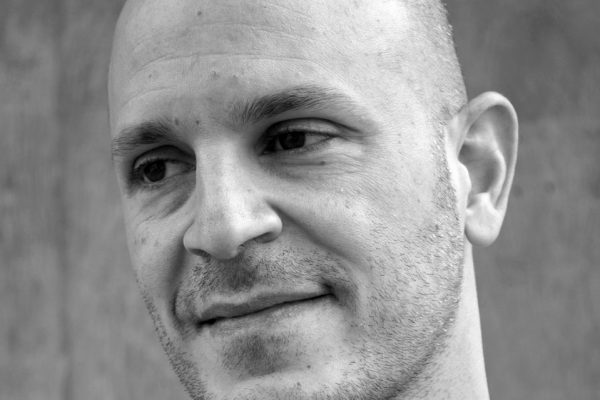Marjorie Perloff’s essay “In Search of the Authentic Other” offers a groundbreaking assessment of identity politics and its relationship to poetic taste. There are three additional things to note about the Yasusada hoax.
1. The hoax worked equally well in both mainstream and experimental circles. Here, after all, was a victim of the bombing of Hiroshima, who also wrote experimental poetry in which he acknowledged not only that catastrophic event but also extreme states of human feeling. Thus for mainstream poets, who believe that feeling and personal anecdote are the generating principles of a poem, Yasusada provided a way to honor otherness, in the form of an experimental writing linked to an unthinkable historical event. For experimental poets, Yasusada’s practice of avant-garde techniques offered an escape into writing that was also deeply and openly moving. For both groups, in short, Yasusada embodied a break from prevailing aesthetic agendas, and an archetype of readily assimilable difference: he lived in another country and another time; he wrote in another language; he was a victim of a catastrophe engineered by human beings; he had experiences we will never have. Because he fulfilled these qualifications, Yasusada represented the emblematic Other, removed from historical time, a creature of myth. Thus the “hoax” demonstrates something very real: that the myth of the Other refuses to die.
2. It is disturbing that Kent Johnson, the alleged perpetrator of the hoax, found it necessary to reprise the stereotype of the deferential Asian in order to point out the relationship between a classical Japanese form, renga, and the postmodern practice associated with Ron Silliman’s “new sentence.” In so doing, as Perloff notes, Johnson displaces and diminishes the accomplishments of contemporary Japanese poets. This is not an isolated incident: Beneath a Single Moon, the anthology of contemporary American Buddhist poetry that Johnson co-edited with Craig Paulenich, similarly displaces Asian American poets from the practice of Buddhism. As Walter K. Lew has written of that volume:
The 45 American poets whose essays and poetry on Buddhist practice comprise the anthology are all Caucasian, and the book only mentions Asians as distal teachers (ranging from Zen patriarchs to D.T. Suzuki), not as fellow members or poets of the sangha . . . When one considers the relative obscurity of some of the poets included in the book, one wonders how it was possible not to have known the Buddhistic poetry of such writers as [Lawson Fusao] Inada, Al Robles, Garrett Kaoru Hongo, Alan Chong Lau, Patricia Ikeda, and Russell Leong. . . . [Gary] Snyder’s introduction deliberates the question–`Poetry is democratic, Zen is elite. No! Zen is democratic, poetry is elite. Which is it?’ . . . perhaps he should have also asked whether Zen and poetry, as reconfigured in American Orientalism, are racist.”1
3. Like most hoaxes, Johnson’s is fueled mainly by the potential for self-gain. And like all hoaxes it is complex–his act of yellowface at once plays into an existing and apparently vigorous orientalist fantasy, exposes American ignorance of both Japanese poetry and recent Japanese history, and levels a critique against an experimental writing community to which the author also seeks to ingratiate himself. In this last respect, Johnson’s act is doubly disturbing: he wants the taint of scandal without having to take responsibility for the stereotypes he celebrates.
1 Walter Lew, ed., Premonitions: The Kaya Anthology of New Asian North American Poetry (Kaya Publications, 1995).







